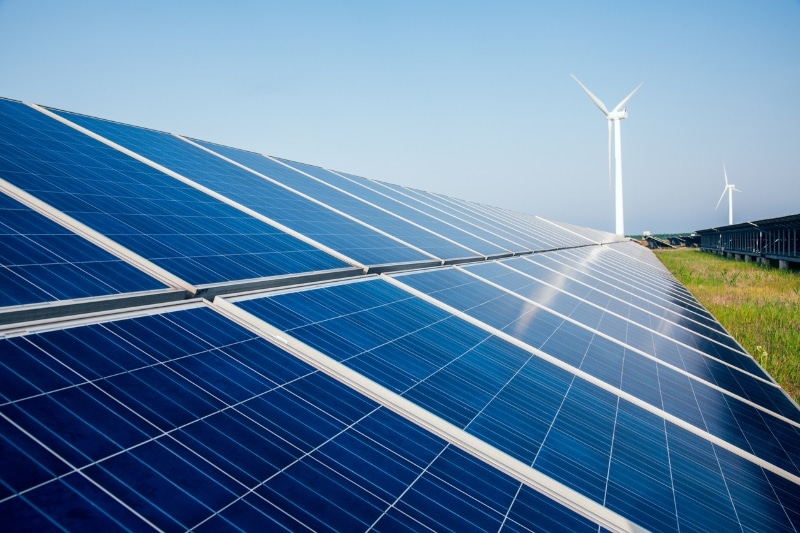The Philippines is making significant progress in the renewable energy space and is poised to overtake Vietnam as Southeast Asia’s leading producer of green energy by 2030. Several government reforms aimed at promoting clean power are gaining traction, leading to increased investor interest and investment in the local renewable energy sector.
Despite lagging behind Vietnam, which has a combined solar and wind power generation capacity of 12,379 MW, the Philippines is expected to add a total of 17,809 MW for solar and 7,856 MW for wind power by the end of the decade. This addition is necessary for the country to take the lead in green energy production, as its current combined solar and wind power generation capacity stands at 1,766 MW.
The primary driver behind the Philippines’ push toward renewable energy is the depletion of the Malampaya gas field, the country’s largest source of natural gas, within the next five years. The government has launched several programs and initiatives to improve the country’s renewable energy capacity and promote clean energy over coal-fired power. One of the key initiatives includes the removal of restrictions on foreign ownership of energy assets. In March 2023, the Department of Energy (DoE) awarded three offshore wind energy contracts to a Danish firm, Copenhagen Investment Partners (CIP), which will invest $5 billion in offshore wind projects in the country. CIP will be the first foreign company to have 100% ownership of its projects, signaling a growing interest from global firms in renewable energy construction.
Despite the progress, the Philippines still relies heavily on coal for nearly 60% of its electricity generation as of 2022. Nevertheless, with the government’s commitment to promoting renewable energy and the growing interest from investors, the country is well on its way to becoming a leading producer of green energy in Southeast Asia.
(Source: Reuters)
